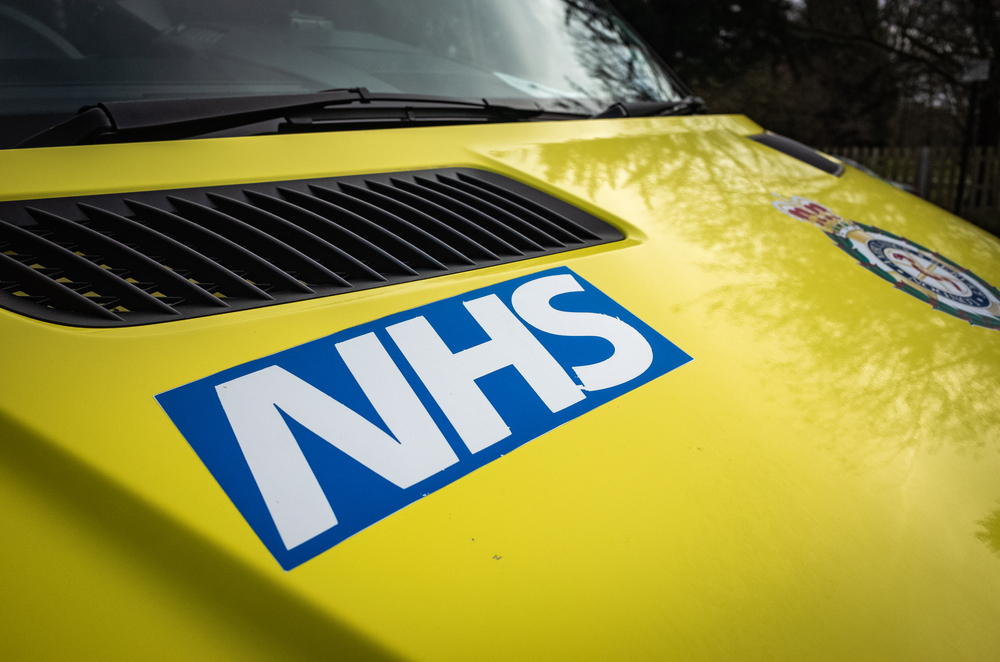Reducing the environmental impact of NHS transportation

As organisations across the NHS work to reduce their environmental footprints, in Leeds, a new Travel Plan developed by SLR Consulting in partnership with Leeds Teaching Hospitals NHS Trust aims to cut emissions and promote sustainable travel across its five hospital sites.
The NHS is responsible for 3.5 per cent of all road traffic in the UK, significantly adding to air pollution and carbon emissions. The UK’s acute hospitals located within towns and cities represent the pinnacle of our national healthcare system and are significant and indispensable travel destinations for large numbers of people. SLR Consulting has helped the NHS reduce its impact on the environment through its travel planning division, and one example of this is recent work carried out for Leeds Teaching Hospitals NHS Trust.
Environmental and healthcare context
The Leeds Teaching Hospitals NHS Trust is an organisation spread across five campus locations in the city, treating more than 1.5 million patients every year and employing over 22,000 people. Under the tagline banner of “Healthier Planet – Healthier People”, the Trust approached SLR to consider transport in the context of its Green Plan and to set out the steps that it should take to ensure promotion of sustainable modes of transportation, along with strategies to encourage staff, patients, and visitors to adopt sustainable travel behaviours when commuting to and from hospital facilities.
Transport planning does not exist in a vacuum and the work had to acknowledge that the Trust is now facing radical changes in how patients are to be medically treated and how non-clinical employees work in a post Covid-19 environment. The Trust has also embarked on a substantial programme of development and significant new building constructions are coming to completion or planned over the next years.
Establishing a vision for the travel plan
The vision for the Travel Plan promotes a move from reactive decision making towards a ‘Vision and Validate’ approach, which was developed by SLR. This approach has been shown as the only tactic for ensuring that effective transport planning decisions are made to create more livable, healthy and sustainable places. The Travel Plan Vision was set as ‘Travel Less – Make Better Travel Choices – Use Less Polluting Vehicles’.
Taking action
Internal measures including improved IT and digitisation, flexible working, creating sustainable networks and active travel mobility hubs within the hospital sites, and specific measures for each mode and location were identified through staff engagement, including focus groups, surveys and analysis.
Working with external stakeholders and establishing wider local partnerships is key to unlocking more advanced mobility hubs that connect into public transport services, car club network electrification, and the hosting of public e-bike docking stations.
While it is still too early to assess the performance of the Travel Plan, the Trust has committed to capital funding to facilitate sustainable travel in the short- and medium-term and is at the heart of the development of City Region mass transit options that connect the hospital sites which are vital for long term success.
